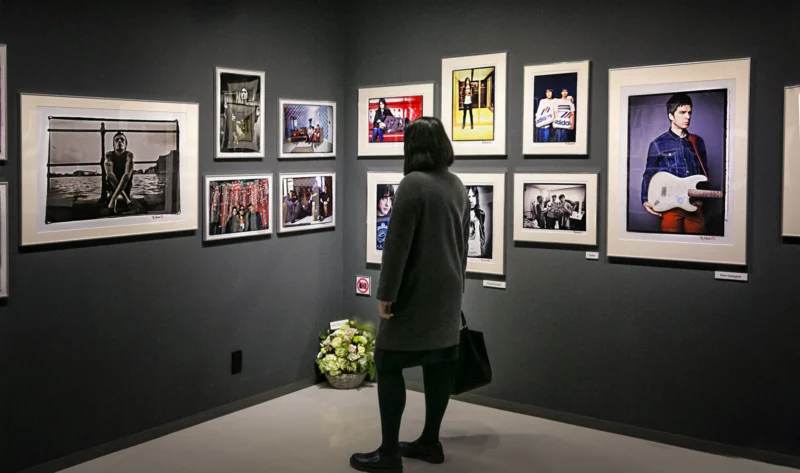Developing a unique style is one of the best ways to improve your photography. Having a stand out portfolio is what separates professional photographers from amateurs.
One of the best ways to develop your own style is to study other photographers’ work. Find out how they use lighting, composition, color and posing to create stunning photos.
1. Composition
As photography is a creative endeavor, every choice you make has the potential to push the emotional message of your photo in a certain direction. One of the most important compositional decisions is removing distractions from the frame. This could be as simple as isolating your subject within the frame or eliminating, in post-processing, elements that add to visual noise rather than support your intended point of interest.
Another great compositional technique is juxtaposition. This involves using non-symmetrical elements to create a contrast of old and new, natural and man-made, soft and hard, etc. You can also try experimenting with frames within frames (also known as sub-framing). This is where a geometric shape or implied line surrounds your main subject to draw the eye towards it. This can be found in natural settings like tree branches and rock formations or in man-made structures like doors and windows.
Other important photographic composition techniques include leading lines – literal or implied lines that lead your viewer’s gaze towards the subject. This can be a simple one directional line or multiple lines convergent on the subject from different angles.
2. Lighting
Lighting is one of the most important aspects of photography, yet it’s often overlooked. Understanding the principles of lighting will help you to improve your photos and take them to the next level.
Changing the direction of light can dramatically change an image, highlighting textures and adding definition to shapes. The best way to control this is by using a reflector. These are often used by professional photographers and can be expensive, but you can make your own cheaply by bouncing sunlight off of white surfaces like a piece of fabric or a sheet of paper.
The color of light can also affect your photo, with warmer hues producing a more warm and yellow look, while cooler shades produce a more blue look. The colors of the light also change throughout the day, with sunlight from behind at sunset creating a soft glow, while sunlight shining through clouds during midday creates a much more intense contrast and can cause harsh shadows.
3. Focus
Creating an image that is sharp and clear requires more than just selecting a subject and making sure it’s in focus. It also involves establishing a focal point, which helps viewers quickly understand what the photograph is about and what the photographer is trying to say. This can be done through the use of a narrow depth of field or by eliminating distracting elements from the frame entirely.
For example, if you have a landscape with a distant sky and a grass or lake, it can help to set your lens’s focus at infinity. That works well if everything is far enough apart that the distances match up evenly. But what about a scene where the foreground is close and the background is far away? That’s where the hyperfocal distance technique comes in. It works by dividing the frame into thirds both horizontally and vertically, with points of interest placed at those intersections for a satisfying composition.
4. Color
Color is an important part of photography that helps to convey emotion and create a sense of drama in images. It’s important to understand how to use color in a creative way when composing an image as it can greatly improve your photography.
There are many ways to utilize color in your photography including using strong saturated colors to draw the viewer’s attention or utilizing contrasting colors to create a visual contrast. It is also important to pay attention to the tones and shades of colors as well. For example, a photograph of green trees on a sunny day will have a range of different shades and tones of green which can be used to create a visually interesting composition.
One of the best ways to develop your understanding of color is to study the classic color wheel and how each primary and secondary color interacts. It is also helpful to learn the emotions that are generally associated with certain colors such as red being a passionate color while darker shades of blue can be used to create images that feel calm and relaxing.



